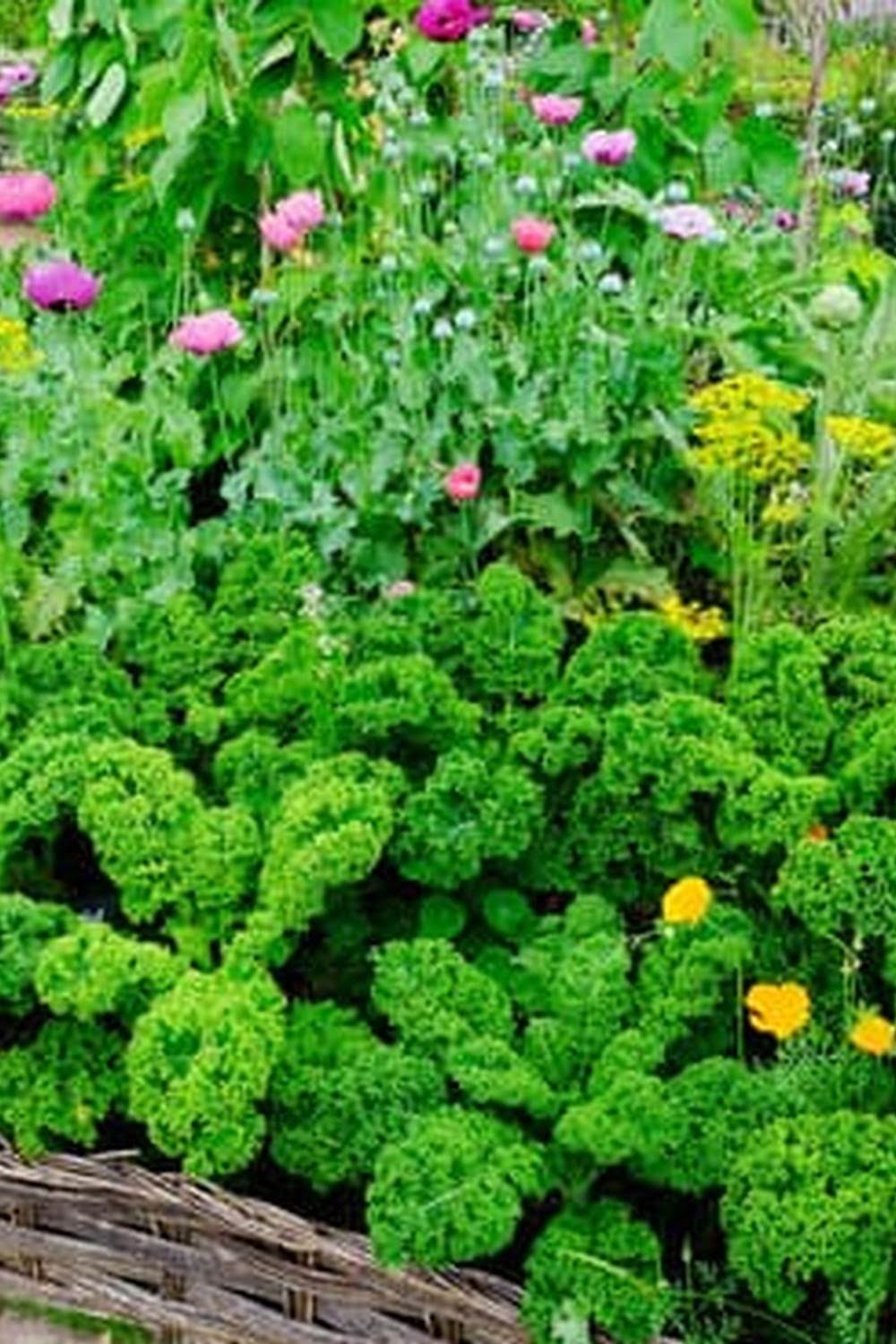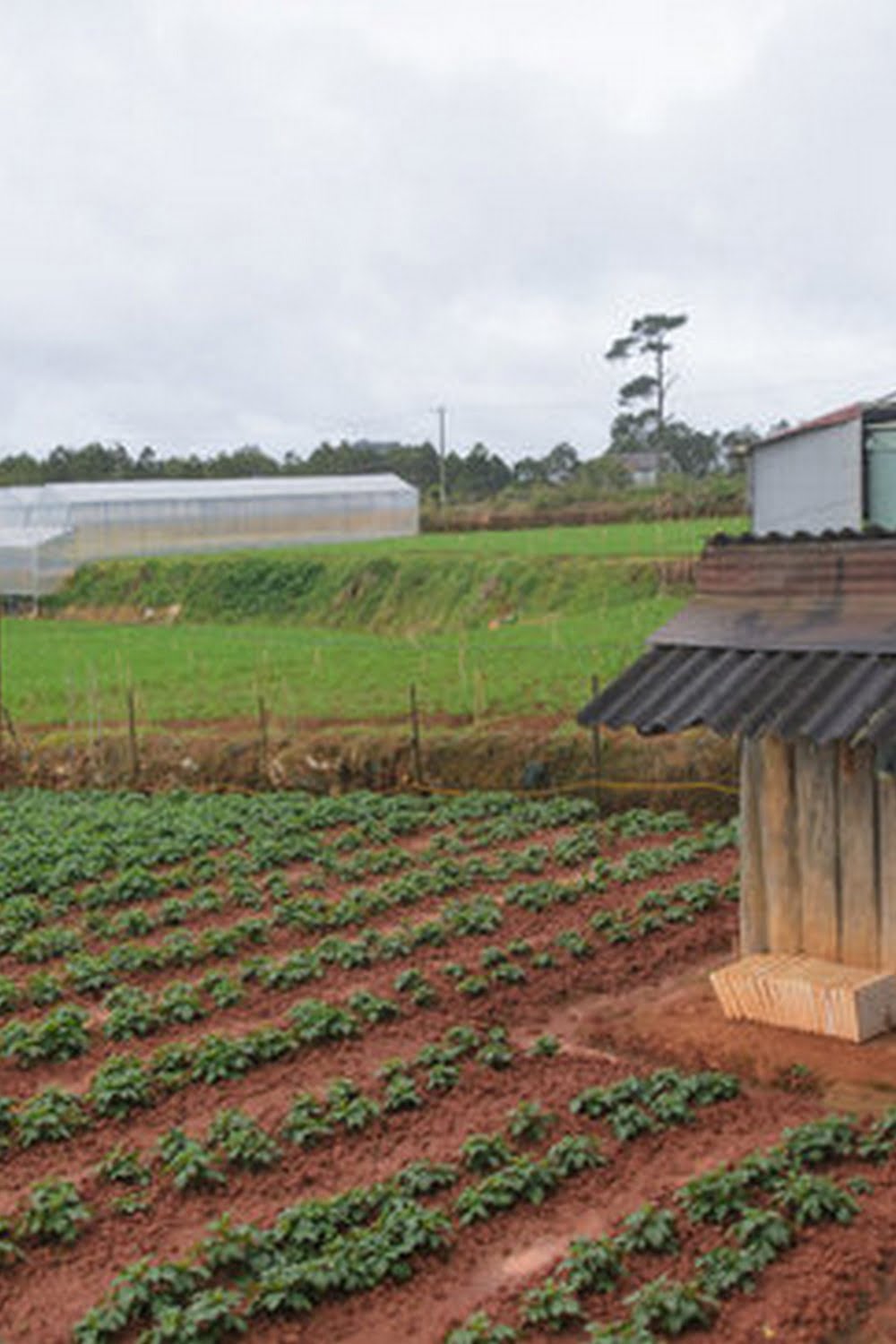Organic Raised Vegetable Garden Beds
If you’re like most people, you probably think of vegetable gardens as being a thing of the past. You may remember your grandparents or great-grandparents having one, and you may even remember playing in it as a child. But nowadays, with people being so busy, it’s not practical to have a garden in your backyard. is it?
Actually, it is! And not just any garden, but an organic raised vegetable garden.
What is a raised vegetable garden?
A raised vegetable garden is a garden that is raised above the ground on a platform, usually made of wood or plastic. This platform keeps the garden bed off the ground, which helps to prevent the soil from becoming compacted and helps to keep the soil moisture levels more consistent.
Why would I want a raised vegetable garden?
There are a few reasons why you might want a raised vegetable garden. First of all, a raised garden bed is easier to work with than a traditional garden plot. You don’t have to bend over as much, and you don’t have to worry about getting dirt and mud on your clothes.
Second, a raised garden bed is a great way to garden if you have limited space. You can fit a lot more plants in a raised garden bed than you can in a traditional garden plot.
Third, a raised garden bed is a great way to garden if you have poor soil. The raised bed will keep the soil from becoming compacted, and you can add some organic matter to the bed to improve the soil quality.
Fourth, a raised garden bed is a great way to garden if you’re not very good at gardening. The raised bed will help to support the plants, and it will be easier to keep the bed weed-free.
How do I set up a raised vegetable garden?
It’s actually very easy to set up a raised vegetable garden. All you need is a platform, some soil, and some plants.
The platform can be made from any type of material, but most people prefer to use wood or plastic. The platform should be at least 12 inches high, and it should be big enough to accommodate the plants that you want to grow.
The soil should be organic matter, and it should be high in nitrogen. You can buy soil from a garden center, or you can make your own soil mix by combining compost, peat moss, and soil conditioner.
The plants can be anything that you want to grow, but it’s a good idea to choose plants that are suited to your climate and to the type of soil that you have.
How do I take care of a raised vegetable garden?
Taking care of a raised vegetable garden is very easy. All you need to do is water the plants regularly, and weed the bed occasionally.
You should water the plants every day, especially during hot weather. You can use a garden hose, or you can use a watering can.
You should weed the bed every week or so. Weeds can steal nutrients and water from the plants, so it’s important to get rid of them. You can use a hoe to weed the bed, or you can use a weed killer.
Is a raised vegetable garden right for me?
If you’re looking for an easy and convenient way to garden, a raised vegetable garden is definitely right for you.
What To Plant In A Raised Bed Vegetable Garden
When it comes to gardening, there are many different ways to go about it. You can plant flowers, herbs, or vegetables in your garden. You can also plant them in containers, or in the ground. If you are looking to start a vegetable garden, one of the best ways to do it is by planting them in a raised bed.
A raised bed vegetable garden is a great way to get started gardening, especially if you are a beginner. It is also a great way to garden if you have limited space. Raised beds are typically 4-6 inches high, which makes them the perfect height for gardening.
In a raised bed vegetable garden, you can grow a variety of vegetables, including tomatoes, cucumbers, peppers, and squash. You can also grow herbs, flowers, and even strawberries in a raised bed.
When planting in a raised bed, it is important to use a soil mix that is specifically made for vegetables. You can buy a pre-made mix, or you can make your own mix by combining equal parts of sand, soil, and compost.
To plant in a raised bed vegetable garden, you will need to first create the bed. The best way to do this is by using a shovel or a hoe to turn the soil over. Once the soil is turned, use a rake to level it out.
Next, you will need to add the soil mix to the bed. You can do this by using a shovel or a hoe to spread the mix evenly over the bed.
Once the soil is in place, you can start planting your vegetables. To do this, dig a hole in the soil the size of the vegetable’s root ball. Gently remove the vegetable from the pot it came in and place it in the hole. Fill in the hole with soil and pack it down gently.
Once your vegetables are planted, it is important to water them regularly. You will also need to fertilize them every few weeks.
A raised bed vegetable garden is a great way to get started gardening. It is easy to set up, and it is a great way to grow a variety of vegetables.
How To Arrange A Vegetable Garden Bed
When planting a vegetable garden, there are a few key things to consider when arranging the garden bed:
1. The location of the garden bed in relation to the sun. Vegetables need full sun to grow well, so be sure to place the garden bed in an area that gets plenty of sun.
2. The size of the garden bed. Determine how much space you have to plant a vegetable garden, and then choose a garden bed size that will fit in that space.
3. The type of vegetables you want to plant. Some vegetables need more space than others, so be sure to plan accordingly.
Once you have considered these key factors, it’s time to start arranging the garden bed. Here are a few tips:
1. Start by creating a border for the garden bed. This can be done with a simple border of bricks, stones, or wood.
2. Next, determine the layout of the garden bed. You may want to plant vegetables in rows, or you may want to create a more casual layout with vegetables planted in clusters.
3. Once you have determined the layout, start planting the vegetables. Be sure to follow the spacing guidelines for each vegetable.
4. Finally, add a layer of mulch to the garden bed to help keep the soil moist and to protect the vegetables from pests.
With these tips, you can create a beautiful and functional vegetable garden bed that will help you enjoy fresh vegetables all season long!
Vegetable Garden Bed Design
Ideas
When starting a vegetable garden, you need to consider the layout of your garden bed. The layout will determine the types of vegetables you can grow and how much space each vegetable will need.
There are a few different layouts you can use for your vegetable garden bed:
1. Square Foot Garden
A square foot garden is a popular garden layout because it is easy to create and it maximizes the use of space. With this layout, you create a grid of squares, and then plant one type of vegetable in each square.
This layout is perfect for small spaces, and it is a great way to learn about gardening because you can fit a lot of different vegetables in a small space.
2. Raised Bed Garden
A raised bed garden is another popular garden layout. With this layout, you build a raised bed and then plant your vegetables in the bed.
This layout is perfect for people who don’t have a lot of space, because you can fit a lot of vegetables in a small raised bed. It is also a great layout for people who want to garden in containers.
3. Traditional Garden Bed
With a traditional garden bed layout, you plant your vegetables in a row, and then space them out evenly.
This layout is perfect for people who have a lot of space, because it allows you to plant a lot of vegetables in a single row. It is also a great layout for people who want to grow a variety of vegetables.
Eucalyptus Wood Safe For Vegetable Garden Bed
There is some concern that using eucalyptus wood as a garden bed frame may be harmful to vegetables. However, there is no scientific evidence to support this claim. In fact, eucalyptus is a safe and natural material that can actually help improve soil health.
The eucalyptus tree is native to Australia and is known for its fragrant, evergreen leaves. The tree produces a hard, durable wood that is often used for construction and furniture. Eucalyptus wood is also a popular choice for garden beds because it is naturally resistant to rot and decay.
When used as a garden bed frame, eucalyptus wood can help improve soil health by providing a habitat for beneficial microorganisms. The wood also releases essential oils into the soil that act as a natural insecticide and fungicide. This can help protect vegetables from pests and diseases.
Eucalyptus wood is a safe and natural material that can be used to build garden beds. The wood is resistant to rot and decay, and it can help improve soil health.

If you’re looking to get into vegetable gardening, or are just looking for some tips on how to make your current garden better, then you’ve come to the right place! My name is Ethel and I have been gardening for years. In this blog, I’m going to share with you some of my best tips on how to create a successful vegetable garden.





